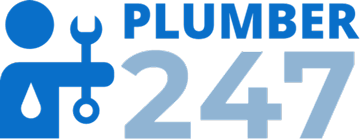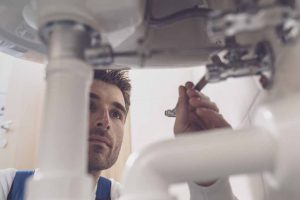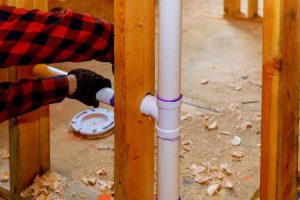Homeowners often don’t think about their plumbing until something goes wrong. By then, it’s usually too late to avoid expensive repairs. But it doesn’t have to be that way. A little preventative maintenance can go a long way. Here are some essential plumbing tips from the experts at Beacon Plumbing.
It’s easy to find plumbing tips anywhere, but we’ve found the best ones for you! Here are 15 plumbing tips to help keep your home in tip-top shape.
1. Unclog Sinks And Toilets.
One of the easiest ways to clear a clogged drain is by using a plunger. Plungers create suction that sucks the clog out of the gutter and into the plunger cup. Plungers are ideal for unclogging sinks, toilets, and even kitchen sinks.
Plungers are also great because they work on pipes smaller than 1/2 inch in diameter! It would help if you always tried to avoid plunging drains larger than 1/2 inch because it may break off part of your pipe, making it difficult for us to fix when we come out.
2. Check The Slope Of The Drain Line.
- If you’re unsure of the slope of your drain line, it’s easy to check. Measure how tall the drain is and how far it extends. That will tell you how much water will come down once you use it.
- If there are any sharp turns in your plumber putty pipes, that can cause clogs or backups as well. Check for these and seal them against leaks using a pipe-joint compound like Teflon Tape or PVC Primer & Cement.
- If you have any questions about your plumbing system, contact Beacon Plumbing.
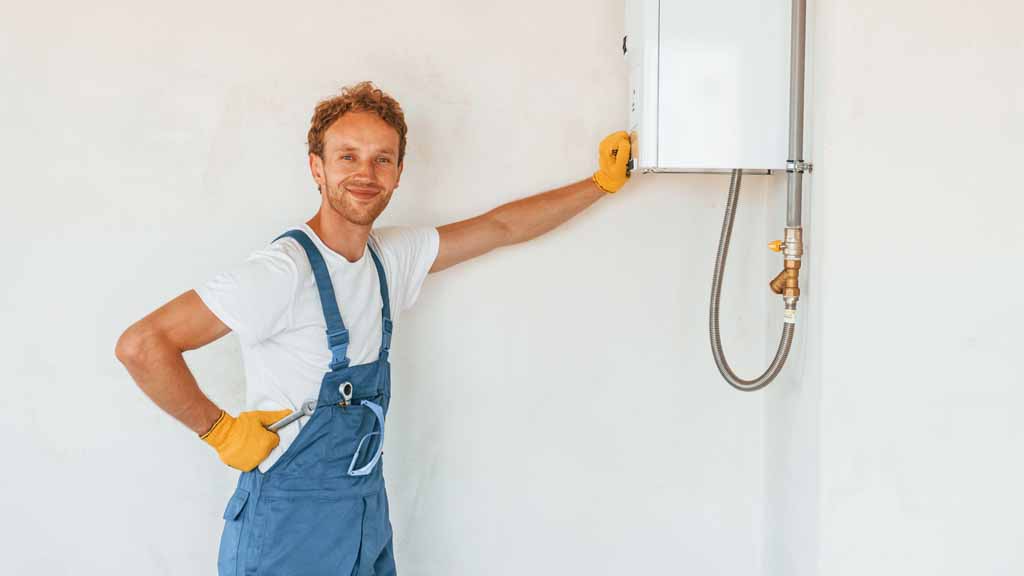
3. Inspect Your Water Heater
The water heater is a significant investment, and we must ensure it’s up and running. Inspect your water heater once or twice a year for leaks and rust, corrosion, sediment buildup, sediment in the bottom of the tank, and sediment on the heating element or overflow pipe. If you spot any signs of damage or neglect—such as leaking pipes—
4. Don’t Flush Anything
Don’t flush anything other than toilet paper. To keep your drains healthy and unclogged, we recommend you never put anything other than toilet paper into your drain. It’s tempting to toss a tampon down the drain because it’s not visible, but this is bad for you and beacon plumbing.
ADD CTA HERE
Tampons are known to clog pipes because they don’t break down like toilet paper. If a tampon gets stuck in a tube and then breaks into smaller pieces, that can cause severe damage over time.
Condoms should also not be flushed as they contain latex which can swell up and block water flow through your pipes if washed regularly. Paper towels, tissues, sanitary napkins, or diapers are also bad for plumbing.
These should all be put into trash bins instead of toilets. You’ll want to avoid flushing any solid waste either—this includes food waste from plates or pots and grease from cooking pans.
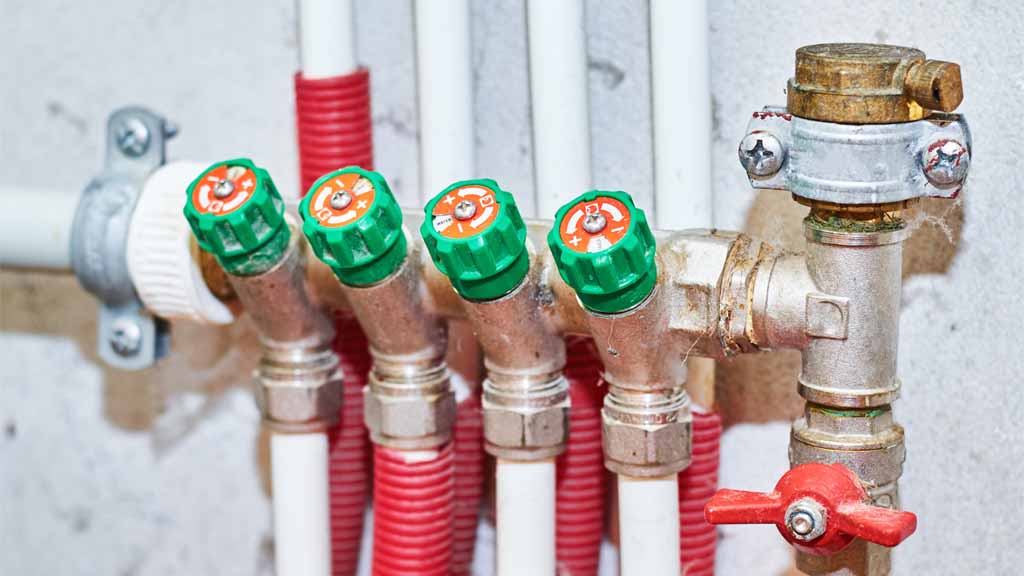
5. Learn How To Shut Off Your Water Supply
Turning off your home’s water supply is essential in any beacon plumbing repair or maintenance project. It’s also one of the most frequently forgotten steps, so here are some quick tips to help make sure it gets done right.
- Make sure you know where the main valve is located and how it works. If you don’t know where your main shut-off valve is located, call a plumber or ask someone in your family or building management team before starting a project requiring shutting off the water supply.
- When turning off the main valve, only open it halfway until all the water has stopped flowing out of faucets and pipes throughout your home.. Then close off all remaining leaks around taps and shower heads by tightening connections with adjustable wrenches or pliers. Then close off those pipes with shut-off valves if they have them installed nearby.
- Such as under sinks in bathrooms or kitchens that have been replaced over time with new ones made from copper pipe fittings instead of knobs held in place by nuts screwed onto threaded rods inside big plastic tubes.
- This way, when people turn on their sinks next time, there won’t be any leaks because everything has been tightened correctly enough not to leak anymore.
We have the expertise to help you with all of your plumbing needs. Your water heater is more than 10 years old, so it’s likely time to consider a replacement. Water heaters have a lifespan of about 20 years, but other factors can affect their longevity.
If you live in an area with hard water or if you use a lot of soap and suds in the shower or bathtub each day, those minerals may build up over time and damage your unit if you’re looking for a way to keep your pipes clean and clear, our technicians at Drainbusters can help.
We use state-of-the-art technology like high-pressure water jetting and video inspection to ensure that your drains have been cleared completely.
6. Grease And Oil Should Not Be Poured Into The Sink.
If you’re cooking and have oil or grease to discard, use a filter to catch food scraps before they go into the garbage disposal. If you don’t have a filter, pour the waste into a container and dispose of it elsewhere. Also, avoid pouring food scraps down the drain: these clog easily and can result in wastewater backups.
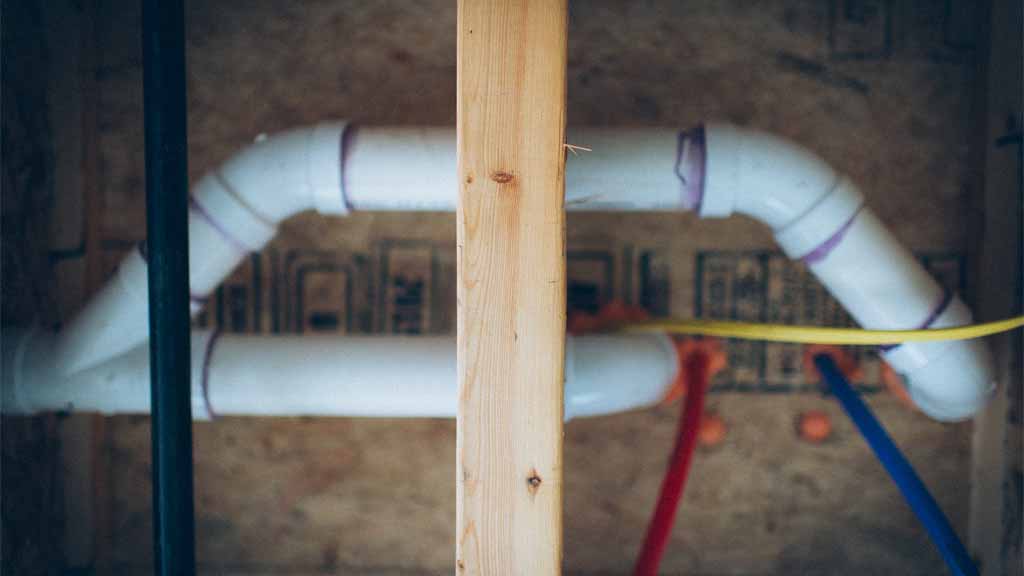
7. Regularly Clean Your Drain Lines
- Periodically clean your drain lines
- Occasionally, you’ll need to use a sink plunger or pump to clear a clogged drain. But if you don’t want to spend the time and effort on that, you can use other methods as well:
- Use baking soda and vinegar solution. Mix one tablespoon of baking soda with ½ cup vinegar and pour it down the drain. Let it sit for 15 minutes before flushing with hot water, then repeat if necessary.
- Try using a snake or auger tool—make sure they’re designed specifically for drains! If they aren’t, they might break or bend at the wrong angle while trying to clear the blockage in your line, which could cause even more damage down there than what was originally clogging up your pipes in the first place.
8. Don’t Wash Food Scraps
If you’re the type who likes to wash food scraps down the garbage disposal, then I have some bad news for you. Garbage disposals aren’t designed for food scraps! Instead, use them only for non-food items like peels and rinds from fruits and vegetables.
Garbage disposals can become clogged quickly by organic material such as potato peels or egg shells. If left there long enough, this could cause an unpleasant smell emanating from your sink drain and even damage your unit if it overheats or breaks down completely.
9. Use A Sink Strainer
It would help if you used a sink strainer to catch food particles before they go down the drain. Not having a sink strainer can cause your pipes to clog, which is inconvenient and expensive.
If you don’t have one, get one! If you don’t want to get rid of your old one and buy a new one, or if it’s impossible because of space constraints in your kitchen or bathroom. Then consider getting an elevated sink strainer — this allows food waste to go down into the trap underneath instead of being washed away with water by gravity alone.
How often should you clean out your filter? If you’re lucky not to have kids who carelessly drop their breakfast cereal into the drain while looking at their phones instead of paying attention while eating breakfast, maybe once every few months will do. Otherwise, daily/weekly might be necessary depending on how much debris accumulates daily.
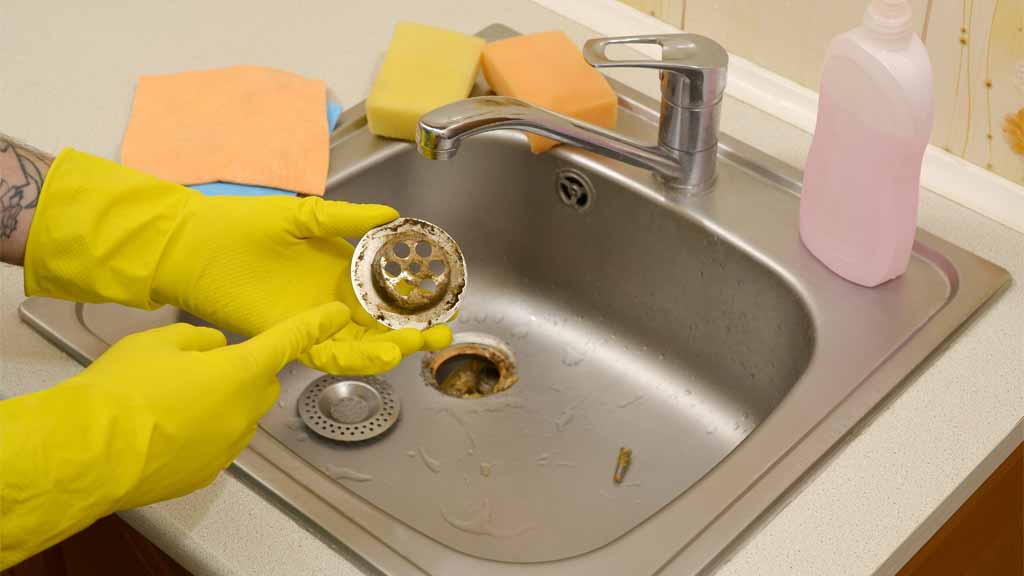
If you have a garbage disposal, don’t put food scraps in it. Keep a separate container for these items and dispose of them in the trash instead. Run water while using your garbage disposal.
This will help reduce odors and also prevent clogs from forming. The most important thing to remember is that you should never use harsh chemicals or drain cleaners on your pipes. It can cause damage to them and also won’t help with a clogged drain—you’ll need something more substantial, like a snake, to get the job done correctly.
10. Inspect Your Sewer Lines
If you have an older home, it’s essential to inspect your sewer lines for tree root invasion. Tree roots can cause expensive damage to your sewer line and cause flooding or collapse of the pipe.
If you have a cracked or broken pipe, Beacon Plumbing experts recommend having it replaced immediately to prevent further water damage and potential mold growth.
Garbage disposals are not meant for food scraps because they are designed for grinding up only non-organic materials. They’re also not made for chewing up large amounts of food, so overloading yours with too much food could burn out the motor and cause permanent damage.
11. Clear Clogs In Pipes Smaller
If a drain is clogged, it can be cleared with a wire hanger. Use the wire to poke and probe the drain until the clog dislodges and the water flows freely again. You can also use a plunger or plumber’s snake to clear small-diameter drains and pipes. Clear any low-diameter line before it becomes too clogged to be removed easily—this will save you time, effort, and money in the future.
If you have a garbage disposal, it’s important to note that this only grinds up food waste — it will not catch food particles like a sink strainer. If you don’t have an elevated sink strainer, any food particles will go down into the trap underneath instead of being washed away with water by gravity alone.
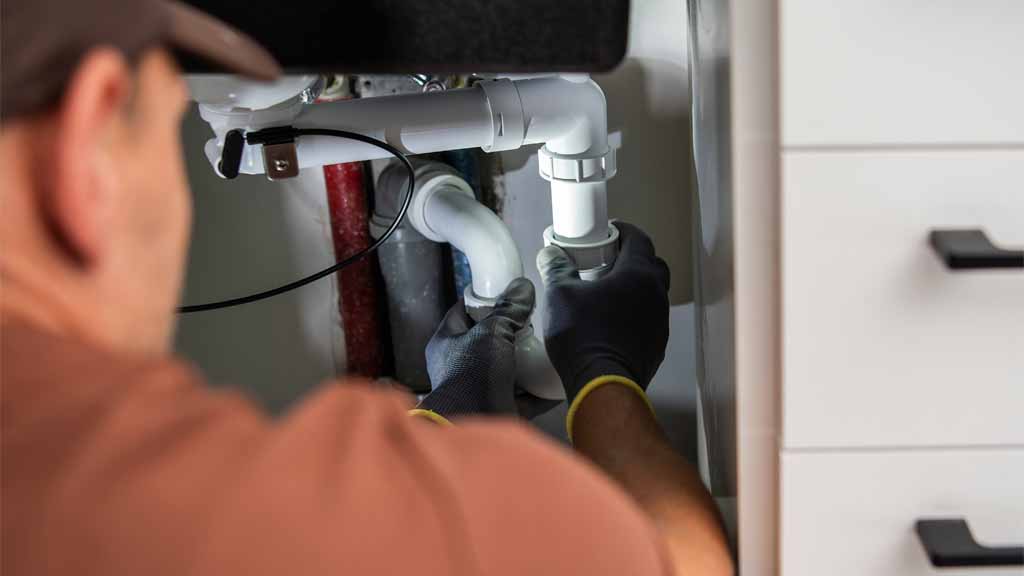
12. Install A Sump Pump In Your Basement
You should install a sump pump in your basement to prevent flooding and water damage from heavy rains, snowmelt, and rising tides. A sump pump is a device that pumps out excess water in the ground around your foundation to keep it dry.
A good location for the sump pump is on a concrete slab. Make sure that it’s not near an electrical outlet or any other source of heat because this could cause damage to its motor or electrical components if it gets too hot.
You should test your sump pump at least once per month by manually turning it on for five minutes at a time; don’t forget to turn it off after five minutes! You also need to replace the batteries every year because they will eventually die out over time (it’s best practice to have backup batteries stored away somewhere, just in case).
Beacon Plumbing experts can inspect your sewer lines and provide you with a written estimate of repairs. We recommend having your sewer lines inspected if you have an older home.
13. Test Your Sump Pump Is Working Fine
The sump pump is a critical part of your beacon plumbing system, but you might be surprised to learn that it can also be the source of a lot of frustration. The good news is that there’s an easy way to test your sump pump and ensure it is working correctly.
Here’s how:
- Ensure all faucets are turned off, including the kitchen sink and bathroom faucet(s).
- Turn on the hot water at the kitchen sink (or shower if you have one). Wait two minutes before turning it off again by turning off its valve above or below where it enters the house through the wall. Suppose no water comes out after this step.
- There could be issues with plumbing pipes leading outside surrounding your home or perhaps even further away in case they failed to connect when put into place initially during construction work on-site.
- Consult Beacon Plumbing experts for assistance with locating these problems quickly so as not to cause damage later down the road should something go wrong unexpectedly! Don’t try anything too dangerous such as drilling holes into walls.
- Then we’ll have no choice but to remove ourselves from service immediately due to safety concerns related to personal property damage risk factors involved here.”
To clear a drain, first, place the wire hanger in the gutter and push it down until you reach the clog. Then pull up on the hanger to remove as much of the clog as possible. Your sump pump is not working correctly, you should call a professional to fix it. You can also check out the video below for more information.
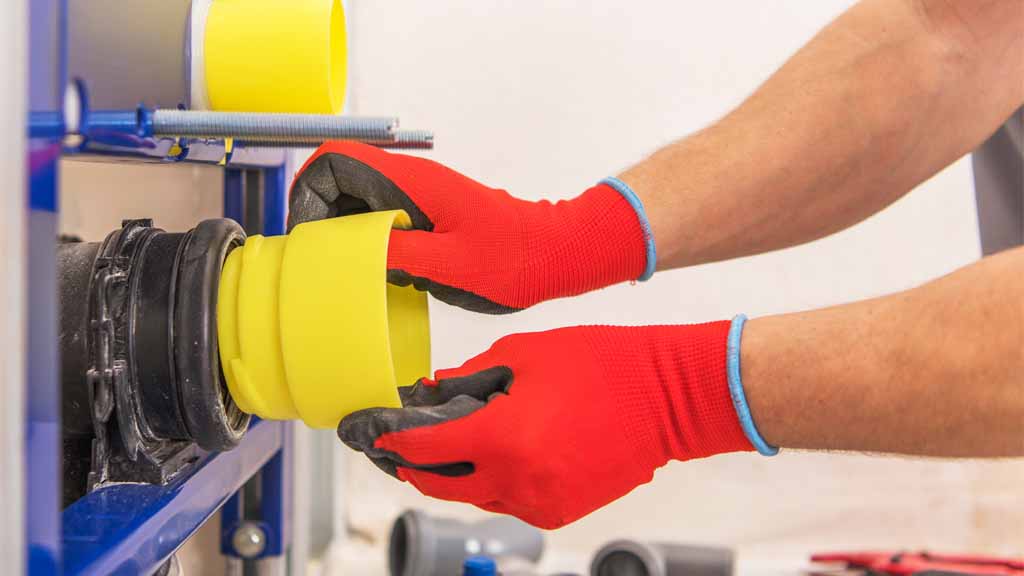
14. Keep A Plumbing Repair Kit Handy All Times
It’s a good idea to keep a beacon plumbing repair kit handy at all times, just in case something goes wrong with your plumbing system. If you don’t have one, use a bucket and rope to place over the leak, then attach the wrench.
This will stop the water from leaking until you can call for professional help. If you are confident in your ability to fix a problem yourself, we highly recommend asking for assistance from one of our professionals before attempting any DIY plumbing repairs.
15. Always hire licensed plumbers
You can’t be sure of the quality of work.
- You could cause more damage to your home, resulting in a large repair bill.
- You won’t be covered by insurance if you do something wrong and cause damage to your property or another person’s property.
- You don’t know what you are doing! It might seem simple enough on TV or YouTube, but plumbing requires professional training and experience to ensure it runs safely, correctly, and efficiently.
- You may end up causing more problems than necessary along the way due to a lack of knowledge or experience with this type of work. This can lead to costly repairs if not done correctly now! It will cost money immediately and down the line when things start breaking again because we didn’t fix them properly in the first place, leading us to our next point.
Plumbing isn’t something you want to mess around. If you’re not a trained plumber and aren’t sure what to do, especially if there is a plumbing emergency, Beacon Plumbing for help.
Conclusion
In conclusion, we hope these beacon plumbing tips have made you better prepared for when something goes wrong with your plumbing system. You will know what to do in any situation and be able to handle any clog or drain problem that comes up. Beacon plumbing can be tricky sometimes, so make sure you have a licensed plumber on standby if anything happens.
